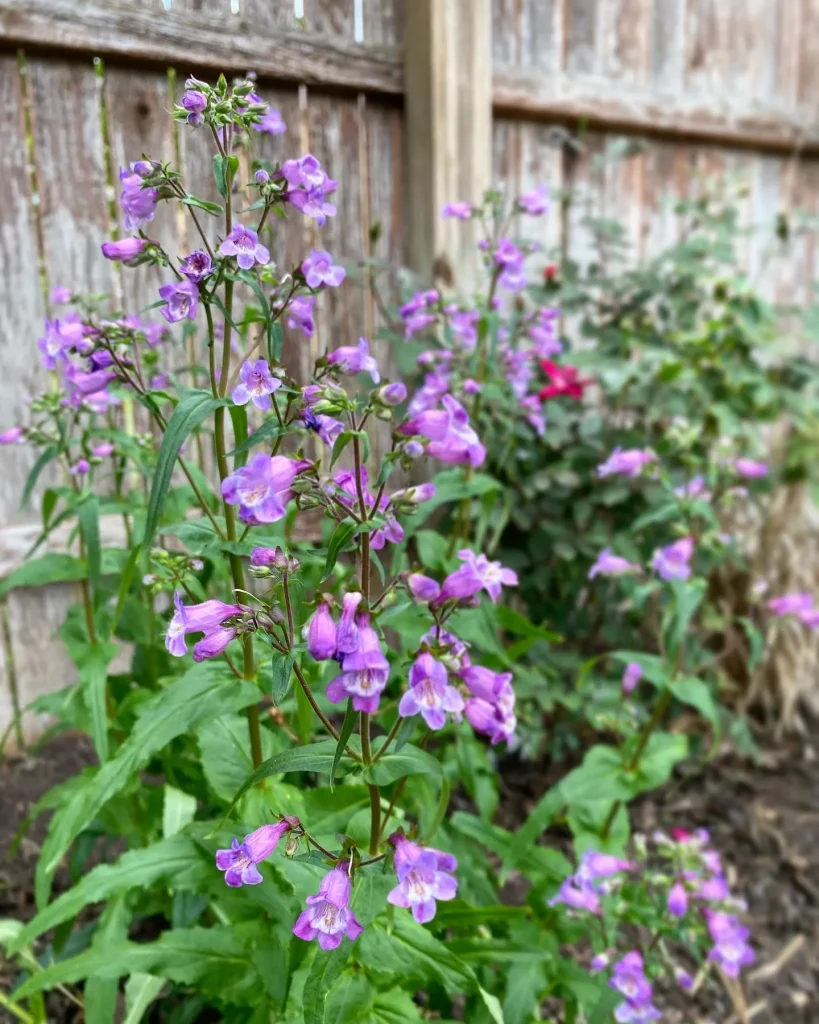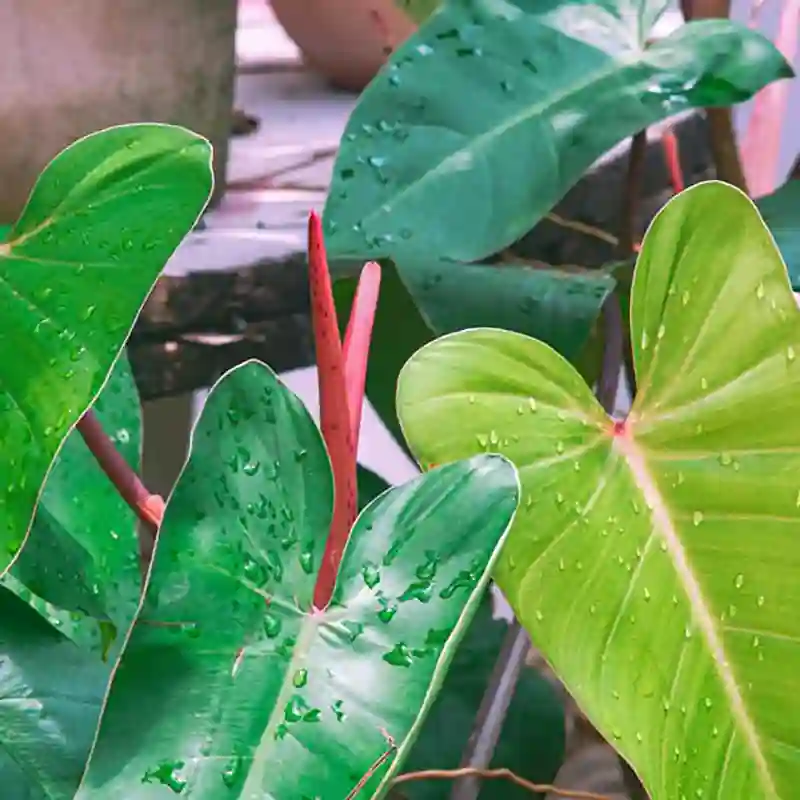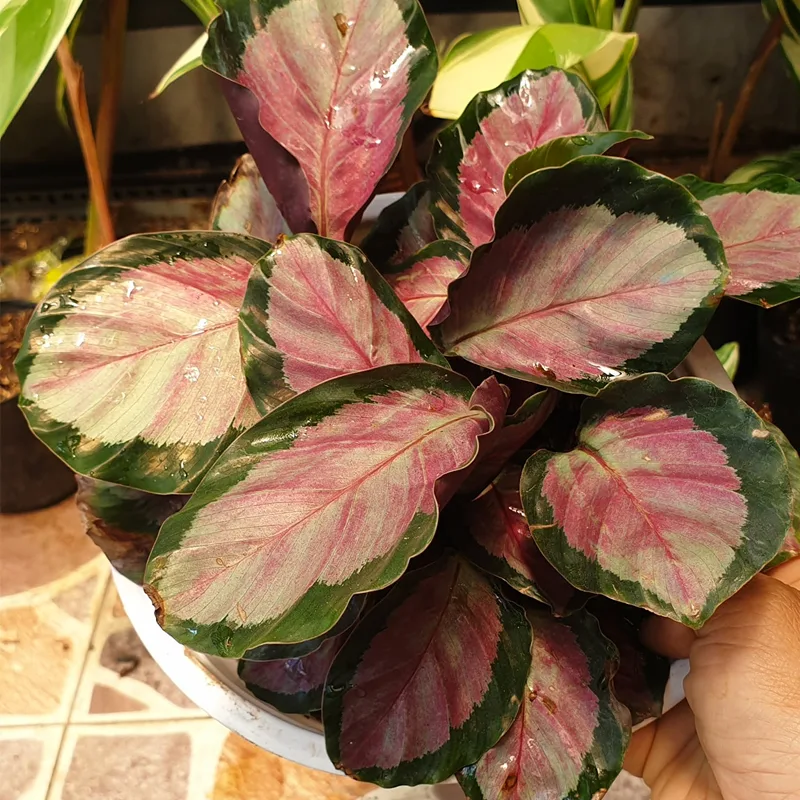FAQs About Lonicera Conjugialis
When it comes to beautiful, hardy shrubs for the garden, Lonicera Conjugialis, commonly known as the Conjugial Honeysuckle, stands out as a unique and charming choice. As someone who’s delved into various aspects of this plant, I’ve encountered several frequently asked questions that I’d like to address. Let’s dive into the most common queries I’ve come across about Lonicera Conjugialis.
162 Species in Genus Lonicera
What is Lonicera Conjugialis?
Lonicera Conjugialis is a species of honeysuckle that belongs to the Caprifoliaceae family. It is renowned for its vibrant flowers and robust growth. The plant typically features evergreen foliage and clusters of tubular flowers that bloom in shades of white, pink, or yellow. The Conjugial Honeysuckle is native to East Asia and is valued for its ornamental beauty and ability to attract pollinators like bees and hummingbirds.
How to Care for Lonicera Conjugialis?
Caring for Lonicera Conjugialis involves a few key practices to ensure it thrives in your garden:
- Sunlight: This honeysuckle prefers full sun to partial shade. While it can tolerate some shade, it will bloom best with ample sunlight.
- Soil: It thrives in well-draining soil. A slightly acidic to neutral pH is ideal, though it can adapt to various soil types as long as they are not overly waterlogged.
- Watering: Regular watering is crucial, especially during dry spells. However, be cautious not to overwater as this can lead to root rot. Aim to keep the soil consistently moist but not soggy.
- Pruning: Prune the plant after flowering to maintain its shape and encourage new growth. Removing spent blooms and any dead or diseased branches will help keep the plant healthy.
How to Propagate Lonicera Conjugialis?
Propagating Lonicera Conjugialis can be done through several methods:
- Cuttings: Take semi-hardwood cuttings in late summer or early fall. Dip the cut ends in rooting hormone and plant them in a pot with a well-draining mix. Keep the cuttings moist and in a warm, shaded area until roots develop.
- Seeds: Sow seeds in a cold frame or greenhouse. Keep the soil moist and provide adequate light. Germination can be slow, so patience is key.
- Layering: Bend a low branch to the ground and cover it with soil. Once roots develop, you can separate the new plant from the parent.
What to Plant with Lonicera Conjugialis?
Lonicera Conjugialis pairs well with various companion plants. Consider these options to complement its beauty:
- Perennials: Plants like Echinacea, Daylilies, and Hostas work well with Lonicera Conjugialis. They provide contrast and color throughout the growing season.
- Shrubs: Combine it with other shrubs like Spiraea or Deutzia for a diverse and textured garden space.
- Ground Covers: Use ground covers like Creeping Jenny or Sedum to fill in gaps and add greenery at the base of the honeysuckle.
How to Use Lonicera Conjugialis in Landscaping?
Lonicera Conjugialis is quite versatile in landscaping:
- As a Screen: Its dense foliage makes it an excellent choice for privacy screens or hedges.
- In Borders: Plant it along borders or pathways to add vertical interest and a splash of color.
- In Containers: It can also be grown in large containers, which makes it suitable for patios and smaller garden spaces.
Is Lonicera Conjugialis Toxic?
Lonicera Conjugialis is generally considered non-toxic to humans and pets. However, it’s always best to monitor children and animals around plants, as ingestion of any plant material can sometimes cause mild digestive upset.
How to Deal with Pests and Diseases?
Lonicera Conjugialis is relatively resilient, but it can occasionally face issues:
- Pests: Watch for aphids, spider mites, and scale insects. Treat infestations with insecticidal soap or neem oil.
- Diseases: Keep an eye out for powdery mildew and leaf spot diseases. Good air circulation and proper watering can help prevent these issues.
What Are Some Common Varieties of Lonicera Conjugialis?
While Lonicera Conjugialis is a species in its own right, there are various cultivars and related species that you might come across. Some have different flower colors or growth habits, but they generally share the same care requirements.
In summary, Lonicera Conjugialis is a beautiful and hardy plant that can add a touch of elegance to your garden. With proper care, propagation, and thoughtful placement, it can thrive and enhance your landscape for years to come. If you have more specific questions or experiences with this plant, feel free to share!
If i die, water my plants!



